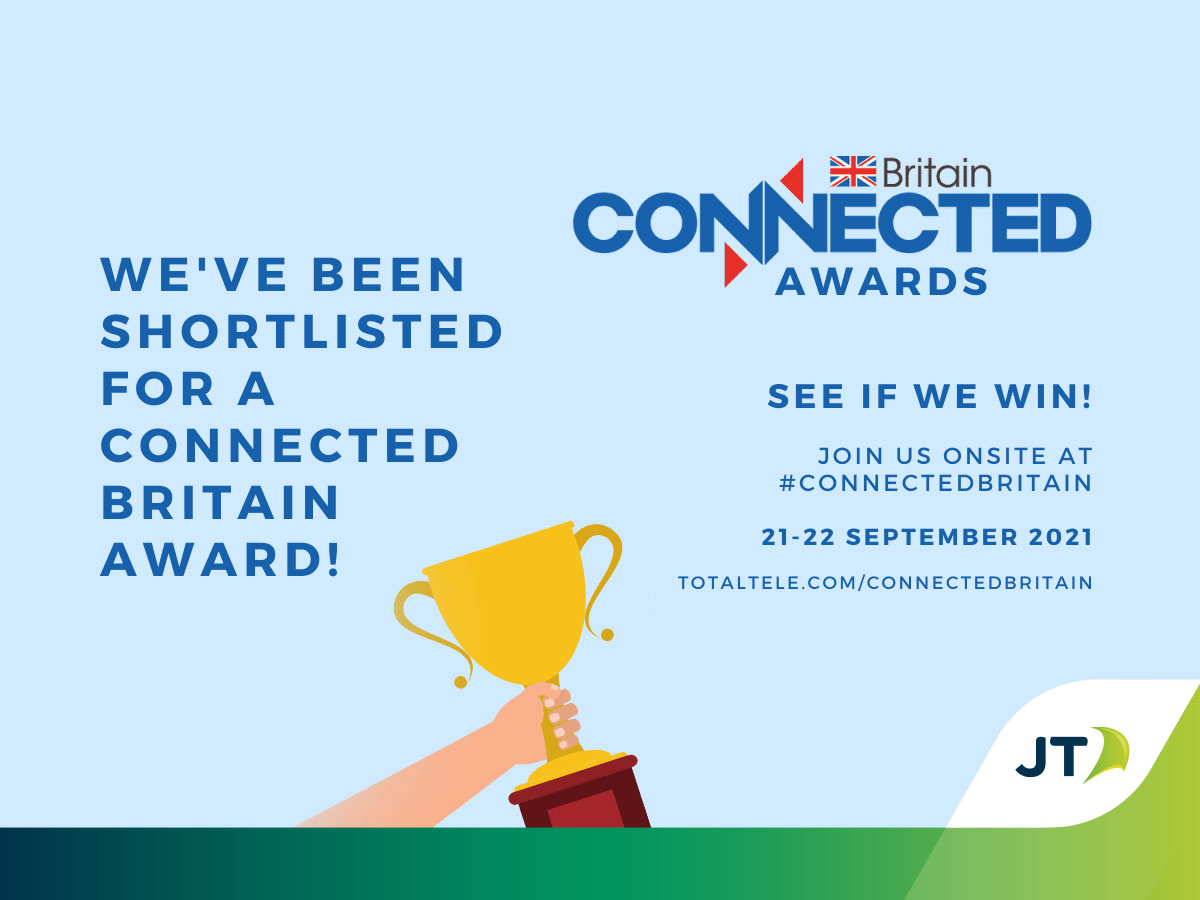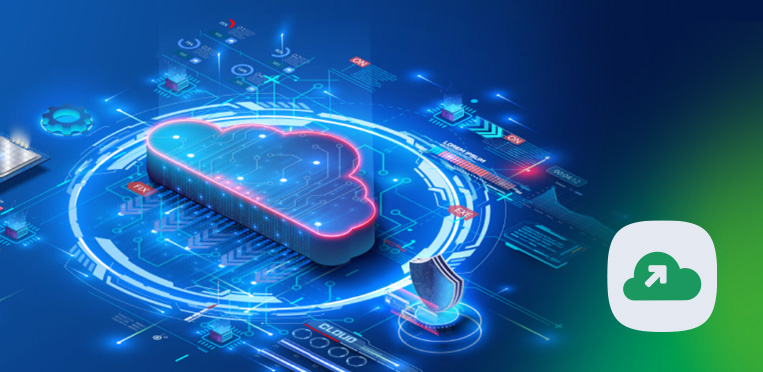Despite fewer team members being in the office brought about by COVID-19 restrictions and JT’s flexible working policy, JT people have continued to support Durrell’s Cans for Corridors project that ensures pockets of Brazilian rainforest are linked to help black lion tamarins.
Durrell uses money raised from recycling cans to create tree corridors, and for every fifty drinks cans collected and recycled, Durrell plants a tree. The Cans for Corridors project supports a nursery where local people, who lost their livelihoods when the rainforest they depended on was cleared, grow the saplings which are then planted. In the last decade, more than 80,000 trees have been planted and JT has been playing its part.
Martin de la Haye, Procurement Officer, leads the can collection at JT: “I’ve been working and volunteering at Durrell for many years and it was through another volunteer who works directly with the tamarins at Jersey Zoo that I found out about the Cans for Corridors recycling project. I thought that with such a large number of people working for JT, this was something that we could very easily get involved in, recycling every can, from every JT building and delivering them to Durrell every month.
In 2019 we collected 131 bags which was the equivalent of 85 trees, but as you can imagine, the number fell quite significantly last year. I’m pleased to say that it’s increasing again and so far this year we’ve collected enough cans to plant a further 20 trees.’’
This project is part of Durrell’s reforestation efforts which are all about restoring, expanding, and linking previously destroyed habitats as well as empowering locals with the tools and knowledge to build better and brighter futures for themselves and their environment. Last month, JT became one of the first large sized companies in Jersey to support Durrell’s Rewild Carbon project which aims to create tree corridors in the Atlantic rainforest linking isolated forest fragments, and thereby creating lifelines for the wildlife including highly threatened populations of black lion tamarins, jaguars, tapirs and giant anteaters.
Tom Noel, Director of Corporate Affairs and Sustainability, said: “At JT we encourage our people to suggest ideas where we can make a difference and we are 100% behind Martin’s efforts to support Durrell by recycling what we use to throw away. Planet and People make up two of the pillars supporting our company-wide Sustainability Strategy, and this project squarely fits into our ambitions to have a circular business model where we encourage our teams and our customers to recycle and reuse as much as possible. I hope that more people will consider taking their cans to Durrell to support this project which is providing a vital lifeline to many species in the Brazilian rainforest.”










